
But by focusing on these 3 key areas, a budding restaurateur can purposefully design a high ROI business and reap the economic rewards that can provide.
Restaurants are a dynamic and broad collective of businesses; ranging from Quick-Service style to Fine Dining, encompassing ethnic foods like Indian, Thai or Mexican, featuring Burger Joints and Vegan businesses, Restaurants are the ultimate vehicle to express your Food and Beverage concept and can offer a very good return on invested capital.
Opening a Restaurant is an incredibly exciting adventure, and deeply complex in equal parts. Australians now dine out more than Americans, and opening a restaurant has become a compelling business proposition that is hard to ignore (Eating Out in Australia 2017). With an imposing financial investment and the high risk of hospitality’s most competitive segment, opening a restaurant deserves careful consideration and deliberate and thorough planning to ensure success.
Choosing the Right Business
With over 23,000 Restaurants in Australia and a 50% failure rate within 4 years, there will always be a business to buy. Whether to or not becomes a key decision for a new owner; either buying an existing business with existing infrastructure or starting a business from scratch.
Both propositions have merit, but are wildly different in their execution; an existing business may have a great location, a quality fit-out, barely used equipment, and be cheaper to buy than starting your own.
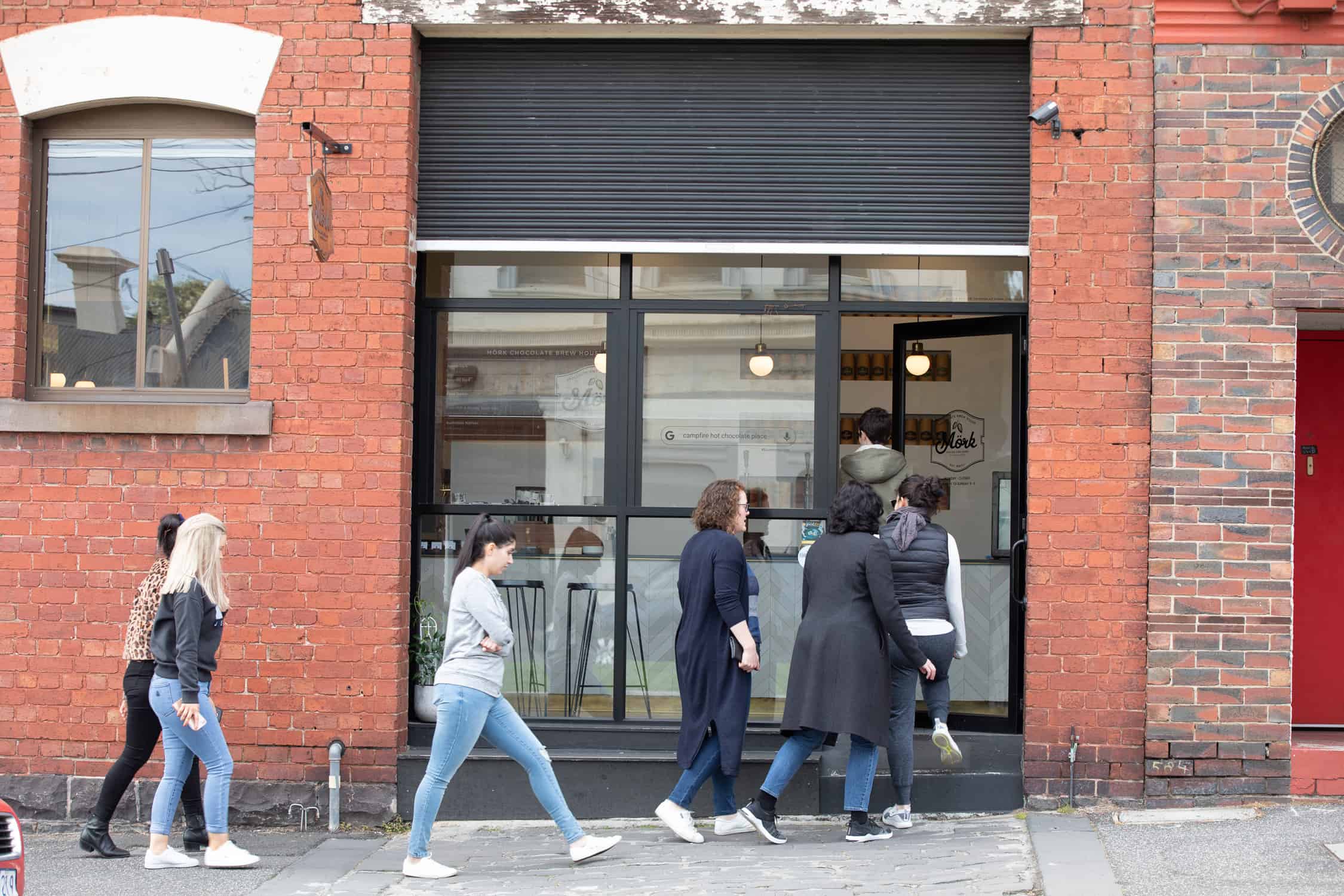
But, an existing business may have poor lease terms, the demographics of an area may not suit the business, or be encumbered with ‘goodwill’ or be expensive to buy.
Even the state of the broader economy has an impact on the decision, with Franchise businesses tending to do better than independently owned businesses when the economy is doing poorly. Franchise systems can provide support through the crucial first year of a business’s life but offer little choice in terms of technology or suppliers, and the value of the support they provide diminishes over time, but the franchise fees do not.
An independent business has greater flexibility in how it operates, where it buys its supplies from and how much it pays for example, and has the ability to change quickly and drastically if it needs to but requires a higher level of management expertise to implement the processes and controls it requires to be successful, whereas a Franchise comes with the support to put them in place.
Do you start a Restaurant from scratch, or buy an existing Restaurant? Do you buy a Franchise or an Independent Business?
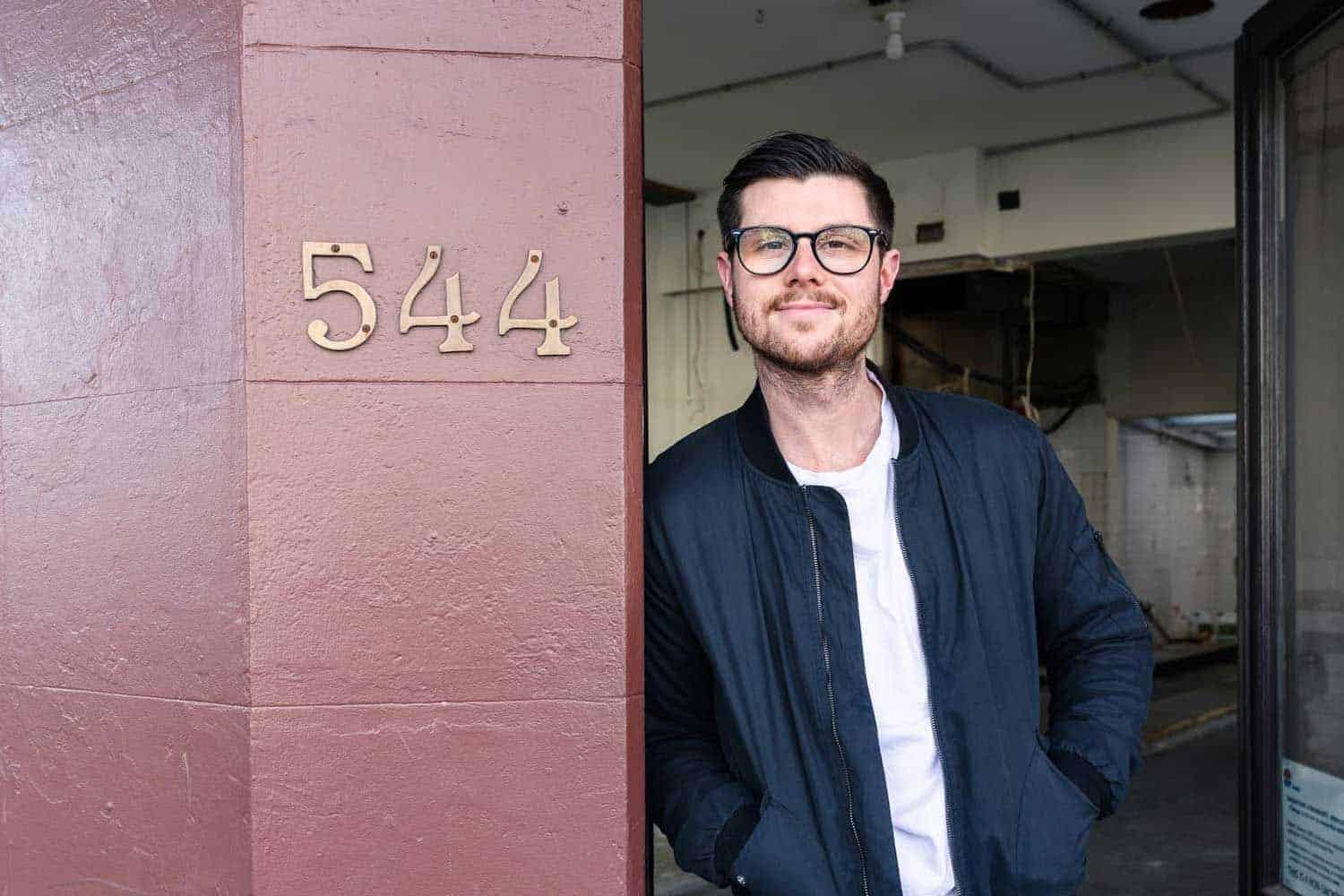
Business Planning
“By failing to prepare, you are preparing to fail” is as true today as it was over 200 years ago. A Business Plan is the heart of every business, and it is especially relevant to a Restaurant.
A Business Plan can be completed with information readily accessible on the internet, and templates that disclose the types of information you need.
See: The Australian Government provides a range of resources, including a Business Plan Template
Key information that makes up your Business Plan can be sourced via the Australian Bureau of Statistics; it tells you how many businesses, of each type, are in each postcode, has a year on year comparison of opening and closings (which can tell you how an area is performing), and holds comprehensive demographic data about your customers; the composition of households (how many people are married, or single, or have children), the professional and educational makeup of the area, even the average weekly earnings per household, and homeownership. Plus much more.
See: ABS QuickStats for demographic data
It is also relatively simple to compile a competitive analysis for your chosen area; who are your competitors, (what do they do well, why do customers go to them) and what opportunities exist within the marketplace; who are your customers, and where will they come from?
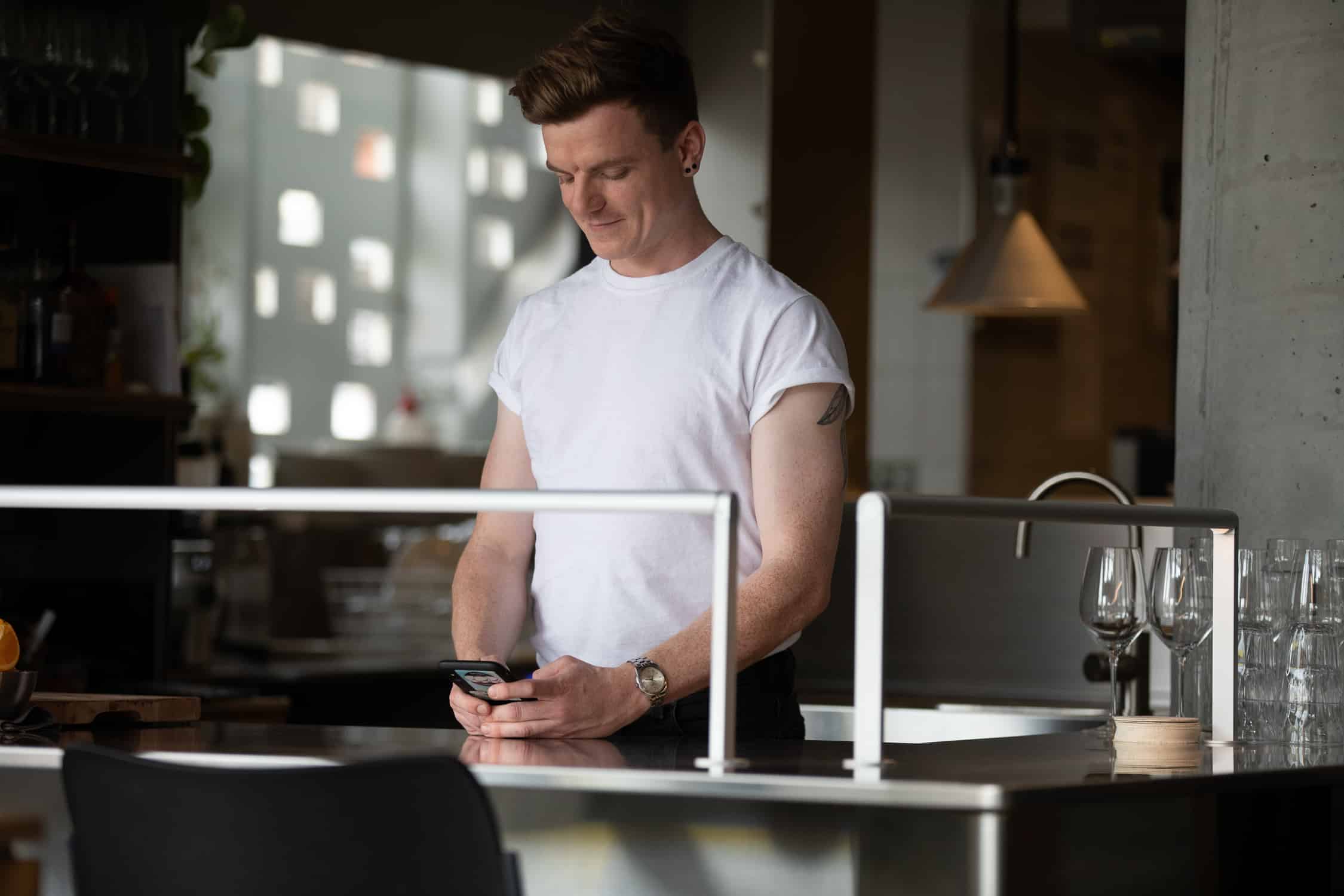
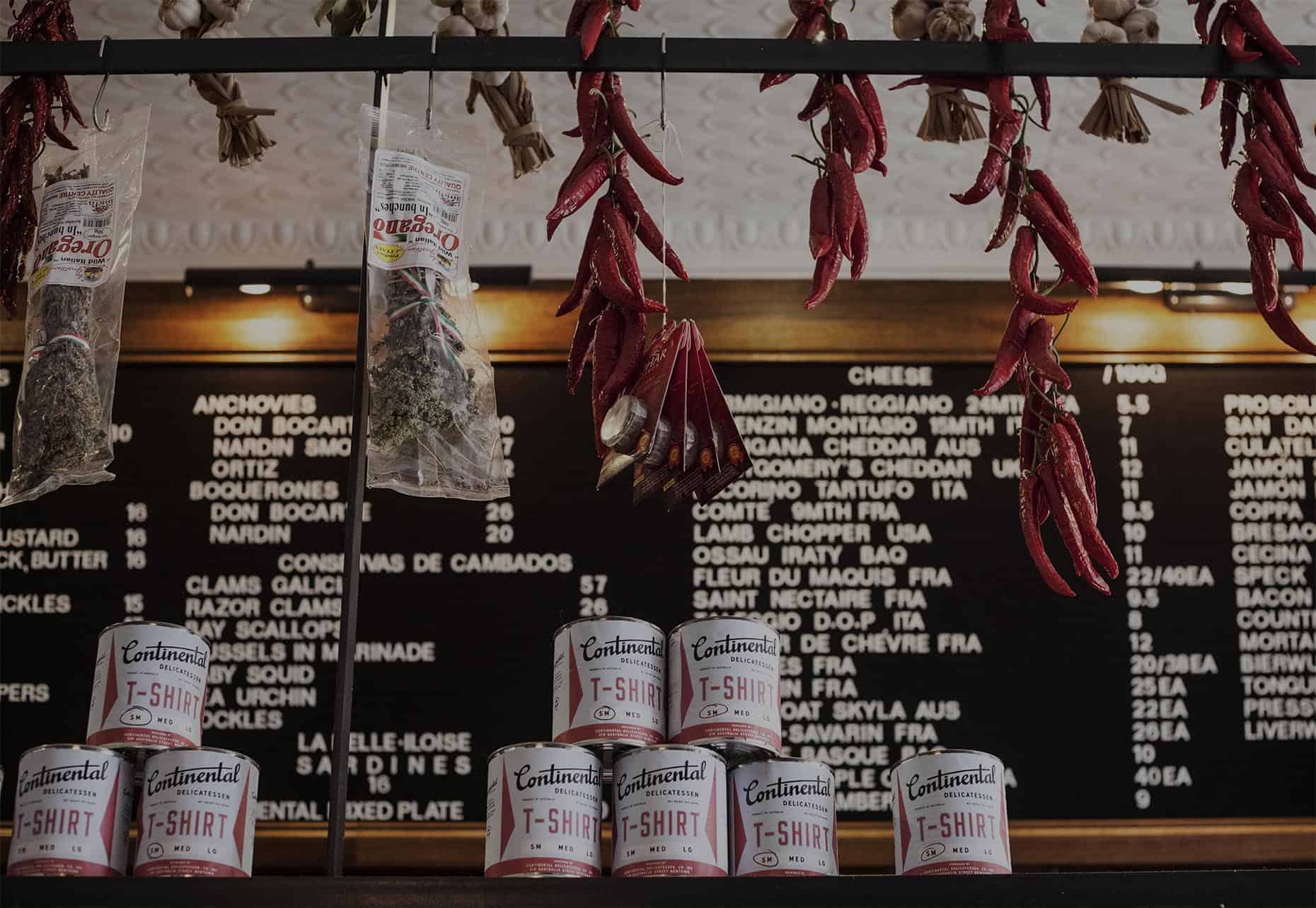
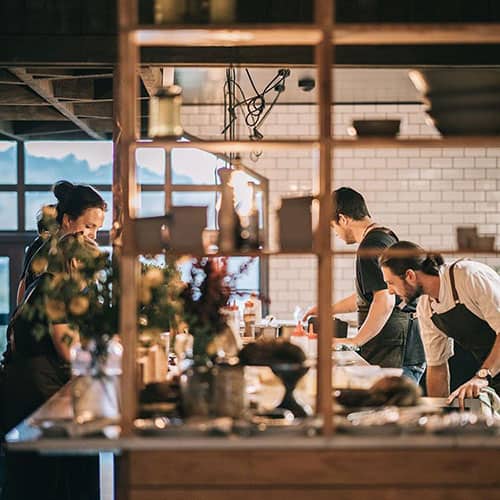
Key decisions like location can be strongly influenced by a Business Plan; restaurants are often found in ‘food precincts’ or ‘eat streets’; this ‘co-location of like businesses’ reduces search costs for customers; they can simply travel to a destination with a wide choice of dining options, often via good public transport links, and decide when they get there.
But precincts offer challenges as well as advantages; higher-priced offers suffer when lower-cost options move into the precinct; they outright lose business to them. Precincts are also highly competitive, and often experience large fluctuations in weekly trade.
A Business Plan and the Market Research contained within outlines potential customers and competitors and informs your choice of location.
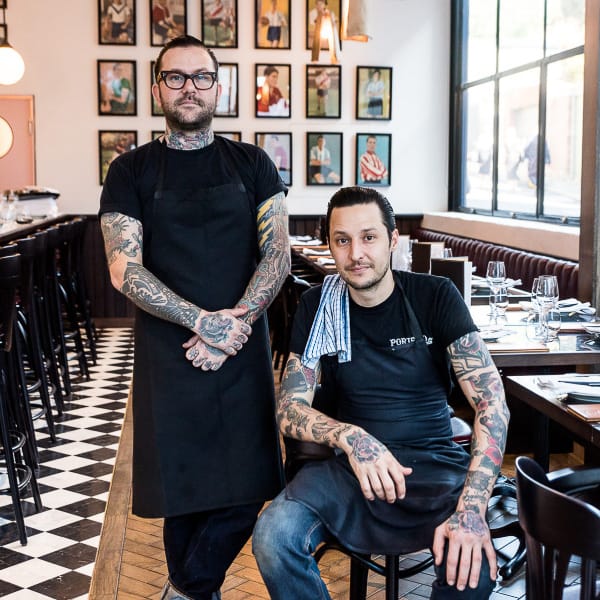
Your Concept
Having a clear and focused ‘Concept’ is a key ingredient for success in food and beverage businesses. The Concept is distinct from the Strategy, which is a plan of action. A Restaurants Concept informs every decision and encapsulates the positioning of the food and beverage, the service standard and style, the fit-out and marketing plan.
The Concept aids in determining the menu design and pricing strategies, and all of the specific elements that when combined make up a Restaurant;
- Are you a Quick-Service Restaurant jumping on the alternate meat juggernaut?
- A Fast-Casual?
- A Traditional Restaurant?
- A high priced Fine/r Dining Restaurant?
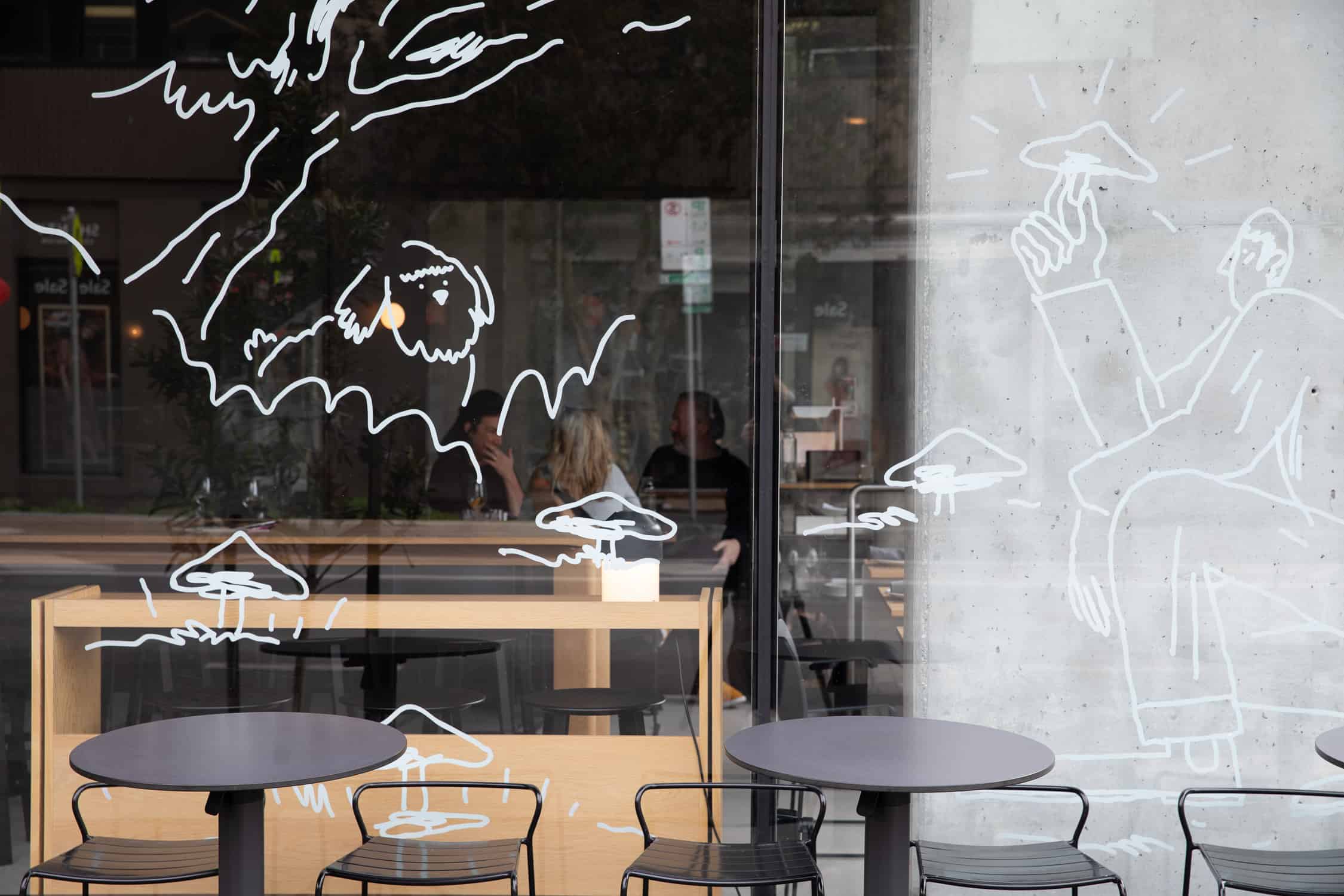
A differentiated Concept, one that is sufficiently different from the competition, and oriented towards the customers wants and needs, succeeds much more often than one that is not.
What is your Restaurant Concept or Theme?
Do you have a Business Plan?
Have you completed Market Research?
What are your key numbers?
A Restaurants success or otherwise is often strongly influenced by the decisions that are taken before the doors even open; the lease especially can be a predictor of success or failure. If it is too high a lease can incumber a business to such an extent that profitability is difficult.
But how do you know what is too much?
To be successful in a Restaurant, the monthly revenue should exceed the annual lease. When assessing a lease, you can work backwards;
Bruce has been working on a business plan for 12 months. He knows the concept and has a good idea of the menu positioning; its price and types of dishes and drinks the Restaurant will serve. Bruce is considering a lease in a ‘eat street’ development in an area identified as his preferred location based upon the demographics of the local area and the competitor mix on the street.
The proposed lease is $120,000 per year.
To be successful, Bruce calculates the Restaurant needs to earn $120,000 per month, or $27,713.63 per week (dividing $120,000 by 4.33 weeks).
Bruce’s Concept is based around locally-sourced Steak and Wine and will operate Tuesday to Saturday, 11:00 am til late. The Restaurant is Fast-Casual; service is relaxed, guests order via built-in tablets, the tables turn frequently, and meals are on tables within 15 minutes of ordering. There are no Entrees; just Mains and sides, and Bruce wants to be able to seat 120 guests at once.
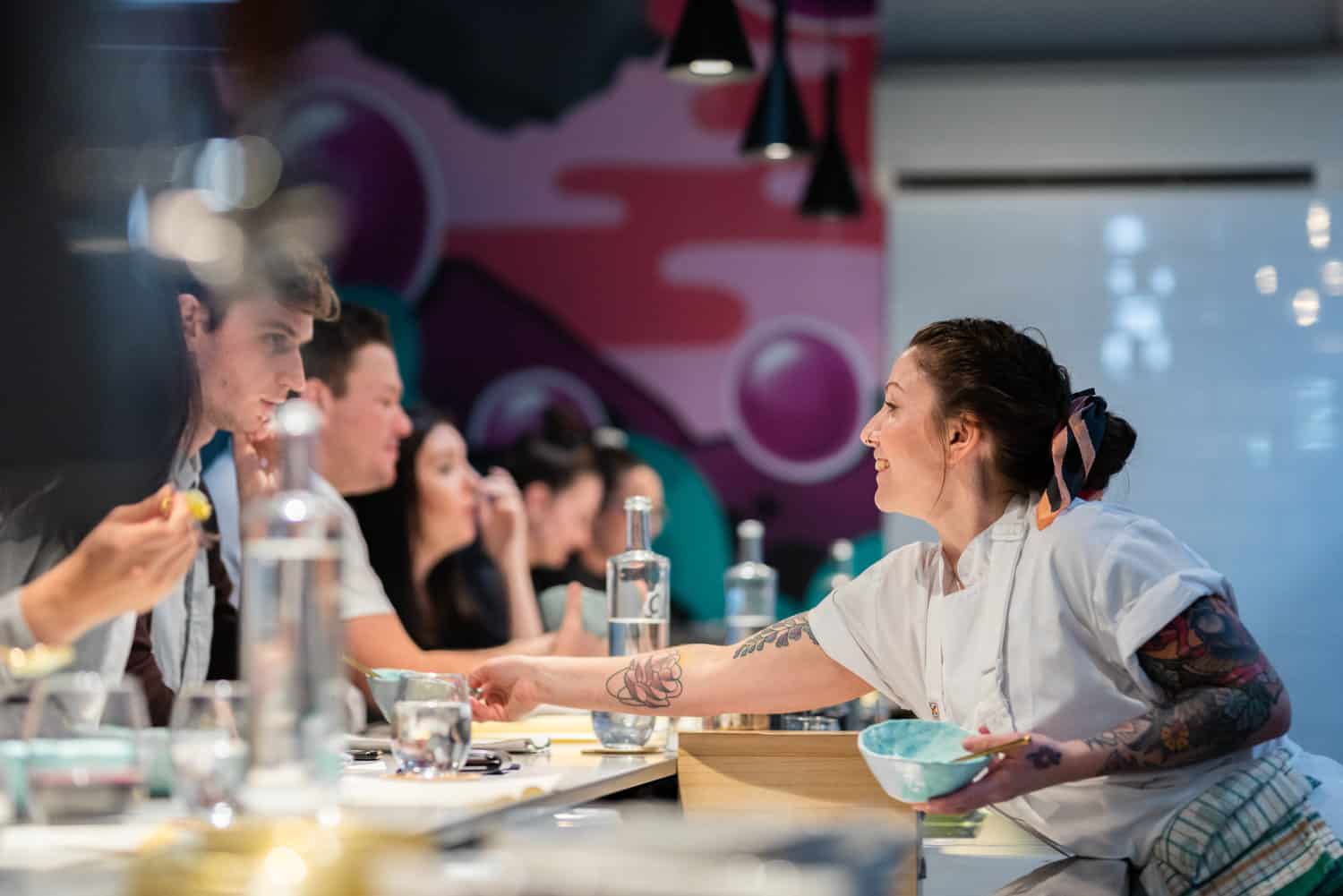
Restaurants trade tends to be dominated by Friday and Saturdays; with up to 50% of weekly revenue occurring in just 11 hours over those two days. Bruce has decided to close on a Sunday and Monday; this allows a single salaried chef to work the key services.
Bruce forecasts an average check will be $35.00 per person after GST. Based upon the revenue the Restaurant needs to earn, the restaurant would need to complete approximately 1600 transactions in the key times, to be financially viable, and meet the required Return on Investment (ROI).
Bruce decides to proceed with the lease and has begun negotiating a 3-month rent-free period, and a 3 year fixed lease, through his leasing specialist lawyer. The property is currently vacant and requires minimal expense to be fit for purpose.
Bruce knows that the average expenses for a Café or Restaurant in Australia, including the lease, are 28% of total revenue, and the average profit is just two per cent. His business model details an ROI of eight per cent or more, and every decision made is in line with this plan.
Does your Business Plan provide enough detail to define the key numbers that improve your chances for success?
How much money does your Restaurant need to earn each week to be profitable?
What are your lease terms?
Conclusion
Restaurants are a dynamic and broad collective of businesses; ranging from Quick-Service style to Fine Dining, encompassing ethnic foods like Indian, Thai or Mexican, featuring Burger Joints and Vegan businesses, Restaurants are the ultimate vehicle to express your Food and Beverage concept and can offer a very good return on invested capital.
They are also the most complex segment in Hospitality. Restaurants have more staff, require higher specialisation and skills, their costs of operation are higher, revenue fluctuates more, and restaurants are larger businesses to run and manage.
Restaurants cost more to open or purchase, and are the most competitive segment as Cafes, Pubs and Bars expand into their market, chasing their customers.
But with Australians dining out 50 Million times each week (Eating Out in Australia, 2017), dining out is both deeply interwoven into our society and a compelling business opportunity for any entrepreneur.
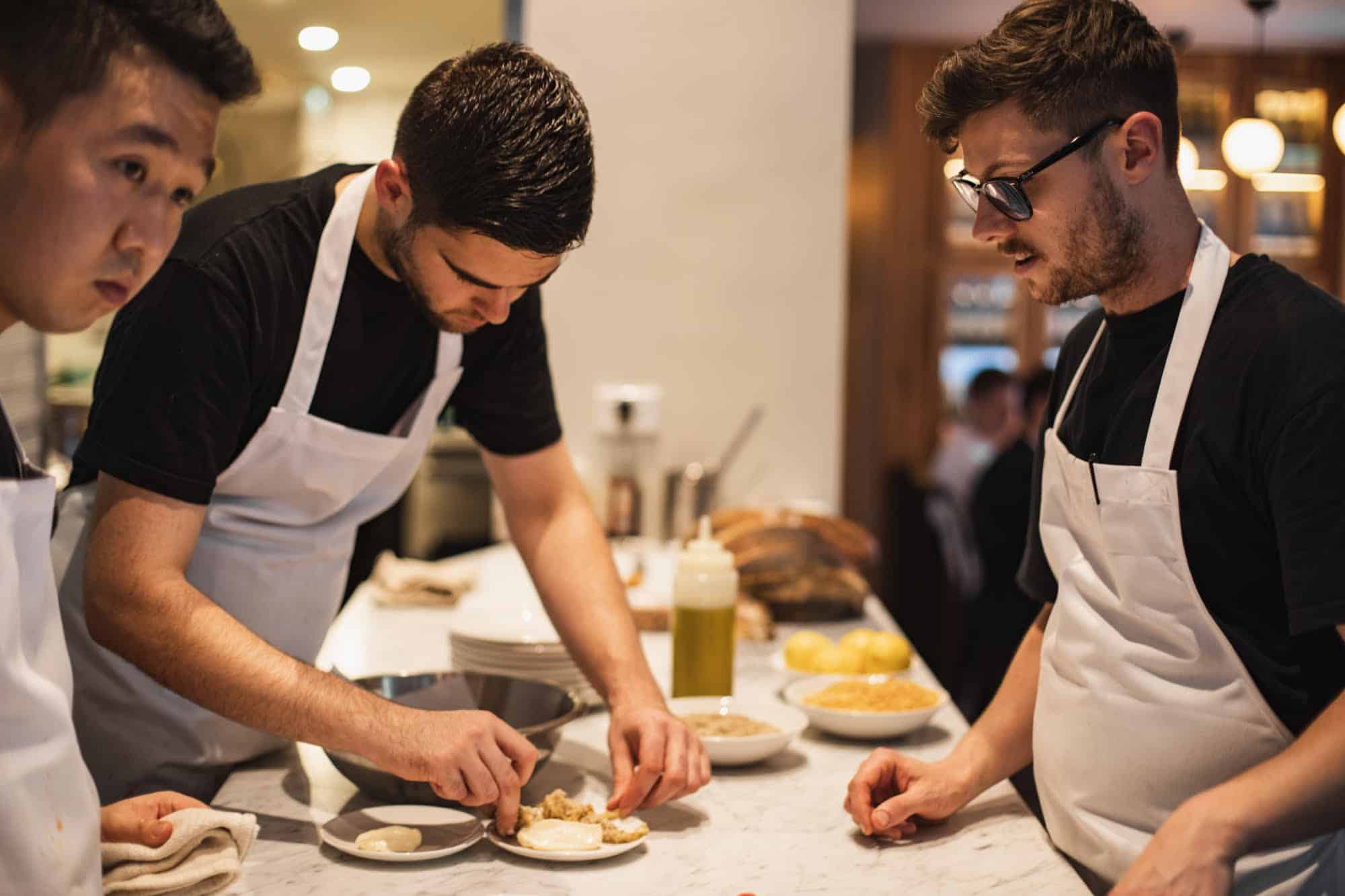
Whilst there can be no guarantee of success, many Restaurants fail because of poor decisions made prior to opening the doors; poor planning, incomplete concepts, poor locations or too high rent.
But by focusing on these 3 key areas, a budding restaurateur can purposefully design a high ROI business and reap the economic rewards that can provide.
What will your restaurant be?

News you care about. Tips you can use.
Everything your business needs to grow, delivered straight to your inbox.


